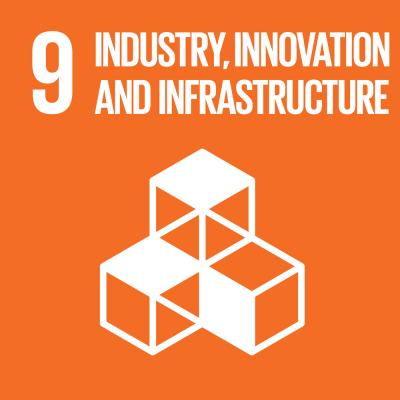A green light for green energy

Over 10,000 sq.m. of solar panels will have been installed on the roofs of buildings in Amstetten, St. Georgen and St. Martin by the end of 2023. Thus around 9% of electricity required each year at the Amstetten site can be covered with solar power.
In addition to the current systems that produce around 1 MW peak, 2.3 MW peak will be added by the end of 2023. When the system is finally completed, this will produce an estimated 3,270 megawatt-hours of electricity a year for Doka's power network. This is equivalent to the annual electricity consumption of one thousand four-person households.
In terms of the Umdasch Group’s sustainability strategy, this is doubly good news. Firstly, solar power reduces electricity consumption at the Amstetten headquarters taking the existing and the new systems together, thus cutting CO2 emissions by 1,450 tonnes a year. Secondly, the system has economic advantages because it reduces electricity costs. Even the existing photovoltaic system has cut electricity costs, as already reported. It actually saved €40,000 from January to September 2021.

Christian Hofstetter I Head of Department Energy & Building Technologies
“We generate electricity from a sustainable source and all the solar panels on the Amstetten HQ reduce our CO2 emissions by 1,450 to CO2 equivalents/year.”
Lower CO2 emissions naturally also mean that Doka’s Corporate Carbon Footprint is smaller. The Corporate Carbon Footprint recently produced by Doka clearly shows the areas where CO2- emissions arise when all sites are in operation. Bought-in electricity accounts for a considerable part of the carbon footprint. The situation already looks completely different for the end of 2023. This is because a further 6% will be added to the 3% of the electricity requirement produced by the company to date.
Together we drive momentum
As part of the Umdasch Group, we at Doka aim to not only be economically successful, but also fulfill our ecological and social responsibilities as well as our responsibility as an employer. Therefore, we regularly set impulses within and outside our company and drive international initiatives that make our common working and living environment more sustainable.

This is one step in the right direction, which is also likely to be successful in other branches. The Umdasch Group would now like to press ahead and use this renewable source of energy worldwide. At present, surveys to ascertain the potential and feasibility analyses are under way at many sites. An illustration of this is the Doka branch at Niederhasli in Switzerland, where a photovoltaic system has already been installed on the office building and panels on the building roofs will follow this year.
Doka and Umdasch Group are committed to sustainable development.
This is why we subscribe to initiatives that are aligned with the United Nations’ “Sustainable Development Goals”.


















